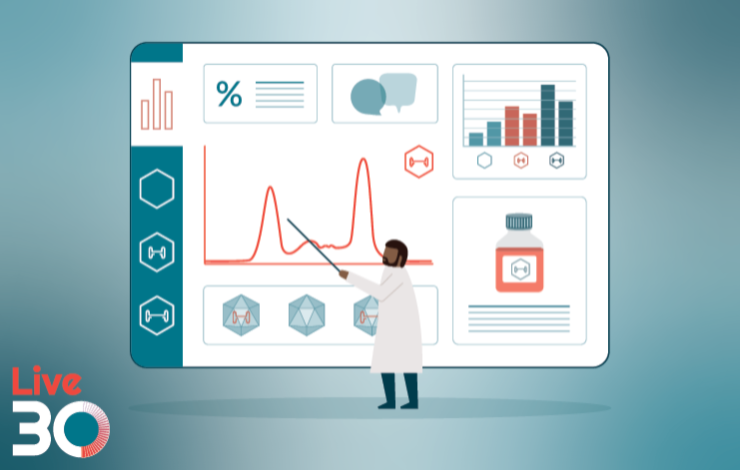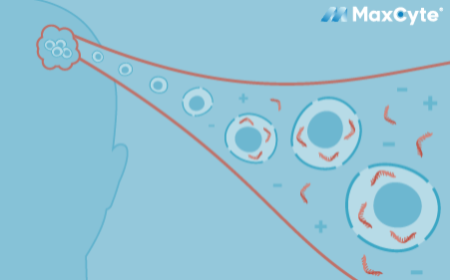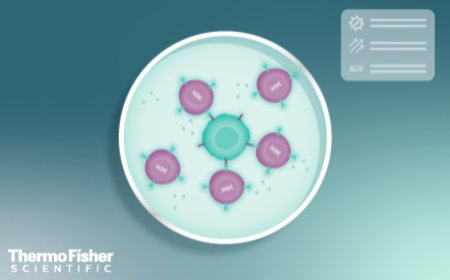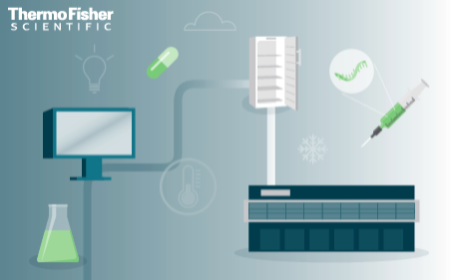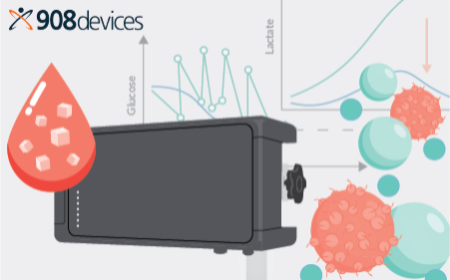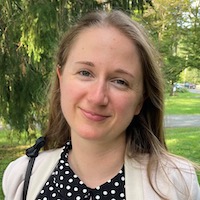Live30 webinars are thirty-minute presentations designed to update you on the latest innovations, applications, and data in a fast yet interactive format.
The percentage of full and empty capsids in an AAV drug product can significantly affect therapeutic benefit vs immunogenicity risk. Many challenges persist in viral vector manufacturing that can result in the gene of interest not being appropriately packaged in the capsid and therefore not delivered to the patient. However, it is unclear what amount of empty or partially filled AAV capsids can be considered safe, and there is no industry standard for which analytical method should be used to determine this attribute.
Given the product-specific CMC approach required for cell and gene therapy products, developers must decide which analytical methods to apply to a particular product based on its critical process parameters and target product profile.
In this webinar, industry experts will discuss the pros and cons of different analytical methods for phase-appropriate empty/partial/full capsid characterization. Case studies will be shared, demonstrating the importance of analytical reference material for product-specific method development and validation. The impact of percent full capsids on the in vitro potency of an AAV drug product will also be discussed.
- Importance of empty/partial/full capsid characterization of AAV therapies
- Pros and cons of different analytical methods for % full analysis
- How analytical reference material can be generated and used for AAV testing
- Impact of % full capsids on potency
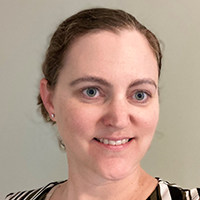
Karen Doucette
Scientific Advisor at Charles River Laboratories
Karen Doucette is a Scientific Advisor at Charles River Laboratories supporting the Cell & Gene Therapy portfolio. Positioned within the Global Manufacturing division, Karen serves as a CGT Navigator and plays a critical role in partnering with clients to map the development journey from discovery through commercial manufacturing. With a focus on aligning phase-appropriate CMC with preclinical and clinical activities, Karen works cross-functionally across all Charles River divisions to integrate CDMO products and services with other divisions including Discovery, Safety Assessment, Testing, and RMS. She brings a deep technical understanding of the drug development lifecycle and the requirements for transferring novel advanced therapy technologies out of academic research and into pharmaceutical development.
Karen has over 20 years of experience with biopharmaceutical CROs and CDMOs, spanning pre-clinical and clinical research, development and manufacturing. She received her Bachelor’s degree in Animal Science from the University of Delaware and completed her MBA at Goldey-Beacom College.
Flora Voss
Research Associate II at Charles River Laboratories
Flora Vass is a Research Associate in the Biophysical Characterization group based in Shrewsbury, Massachusetts. Flo joined CRL in 2020, with a primary focus on the SV-AUC analysis of AAV gene therapy products. At CRL, Flo supports the feasibility and optimization of client methods, works on validation projects to develop client assays, and performs routine GMP lot release testing. Prior to joining CRL, Flo worked in the UK as a Forensic Scientist, specializing in the analysis of controlled drug substances.
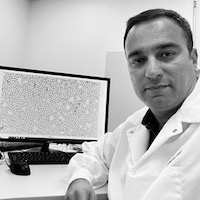
Ricardo Vancini
Associate Research Scientist at Charles River Laboratories
As an associate research scientist Ricardo holds a wealth of general EM knowledge with over 20 years of experience. His education includes a Post doctoral experience and Ph.D. in Biochemistry from North Carolina State University with focus on Virology, an A M.Sc. in Cell Biology, from Rio de Janeiro Federal University, a B.S. in General Biology.
Ricardo began working with electron microscopy to study host-pathogen interactions between parasites and human primary cells during his masters degree. During his PhD he studied the entry mechanisms of arboviruses by immunoelectron microscopy and used cryo-electron microscopy to characterize a new virus that was found coinfecting vectors. After his Post doc he worked at the CDC’s Influenza division as a research scientist responsible for the improvement of influenza vaccine production capacity and the development of seasonal and pandemic Influenza vaccines under BSL-2+ and BSL-3+ containments with select agents.
Recently, managed the electron microscopy core at Duke University Pathology performing a myriad of electron microscopy techniques for research, including Volume EM (Serial block face 3D EM). Since 2021, he’s been responsible for overseeing the upfit and implementation of the BSL-2 and Cryo-EM labs for gene therapy safety assessments as well as being the Study Director for NIEHS toxicology pathology studies. He’s been assisting management in promoting the service through marketing initiatives, and actively participating in strategy regarding future EM initiatives and capabilities.
